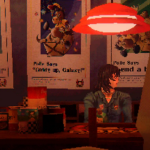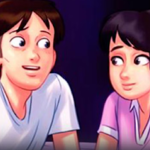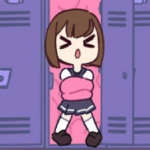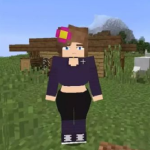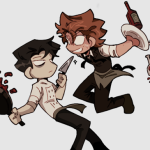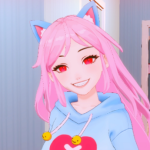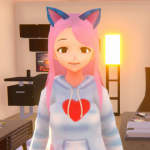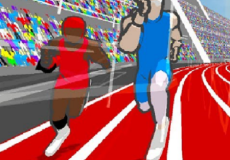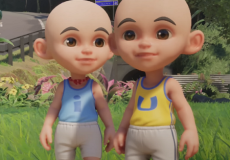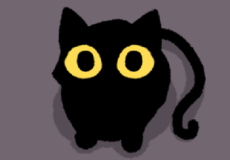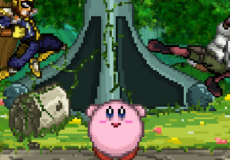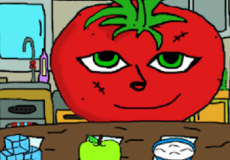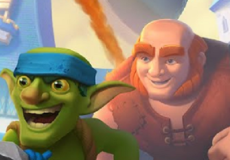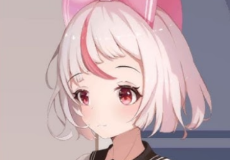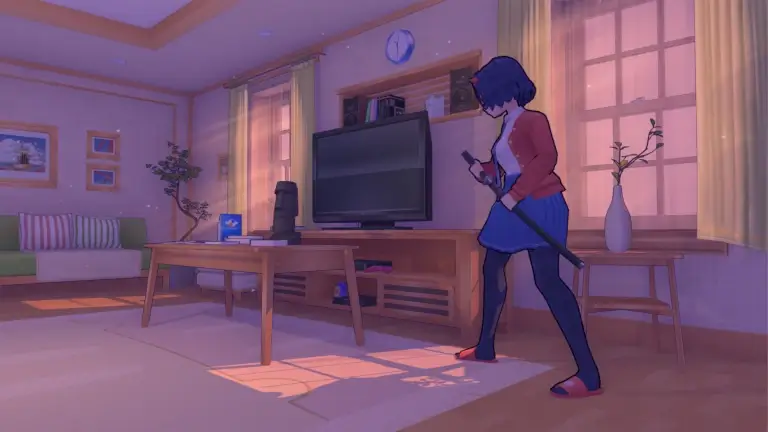

Kpop Demon Hunters 2
Advertisement
Kpop Demon Hunters 2 continues the mixture of rhythm interaction and supernatural combat introduced in the first release. The new chapter develops the concept of idols who live double lives, performing music while also confronting demonic forces. The design emphasizes consistency between the musical framework and the action sequences, ensuring that progress in one mode affects the other. This creates a link between performance skills and strategic preparation for battles.
Advertisement
Similiar games
Kpop Demon Hunters 2 continues the mixture of rhythm interaction and supernatural combat introduced in the first release. The new chapter develops the concept of idols who live double lives, performing music while also confronting demonic forces. The design emphasizes consistency between the musical framework and the action sequences, ensuring that progress in one mode affects the other. This creates a link between performance skills and strategic preparation for battles.
Expansion of storyline
The narrative of Kpop Demon Hunters 2 moves the group into unfamiliar environments where new threats appear. Existing members face questions about their previous victories, and new figures join the cast to alter team dynamics. Scenes alternate between stage preparation, practice sessions, and encounters with stronger opponents. Dialogue reveals motivations of both heroes and enemies, while missions connect directly to the central arc. Each chapter adds clarity about the larger conflict that frames the universe of the series.
Core activities
Gameplay in Kpop Demon Hunters 2 is structured around rhythm stages and tactical missions. Rhythm input fuels energy that strengthens characters, while battles consume resources that must be managed. The alternation between these parts creates variety and requires planning. Common elements that players can expect include:
· rhythm tracks with adjustable speed
· demon encounters requiring tactical response
· collection of resources to upgrade skills
· character growth through unlockable abilities
· exploration sequences that reveal hidden zones
This list demonstrates how the sequel maintains core mechanics while offering broader options for progression.
Presentation and audio
The design of Kpop Demon Hunters 2 focuses on clarity in interface and audio. Performance stages highlight rhythm markers without distraction, and battles use clean layouts to track actions and results. Characters receive new costumes that signal advancement, while demons display updated forms to distinguish them from earlier encounters. Each mission is paired with a specific track, ensuring that audio is both thematic and functional. Effects and timing cues guide the player’s accuracy in both rhythm and combat phases.
Progression system
Advancement in Kpop Demon Hunters 2 relies on accurate rhythm execution combined with efficient use of upgrades in battle. Points are awarded for precision, and resources are earned for completing missions. These can be exchanged for improvements in power, stamina, or special abilities. Unlocking later stages requires balanced performance across both modes, preventing reliance on a single skill. This structure encourages players to revisit earlier levels, refine their results, and gradually access more complex parts of the story.
Discuss Kpop Demon Hunters 2

